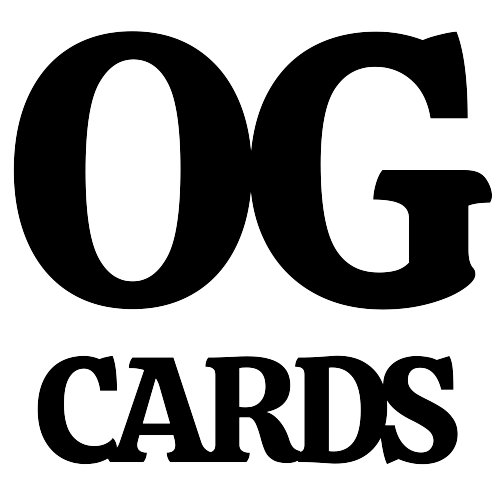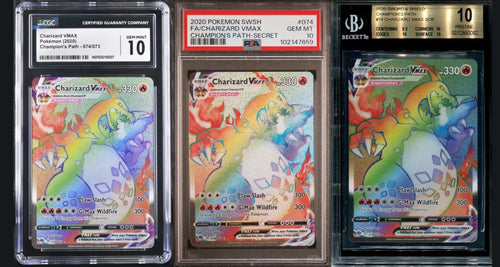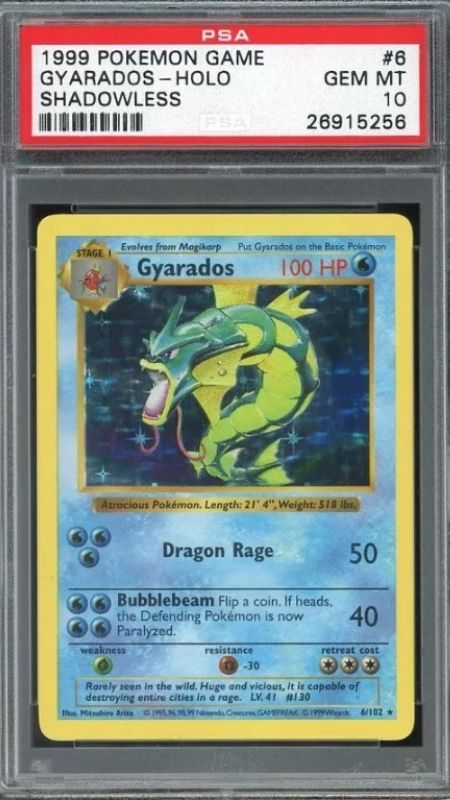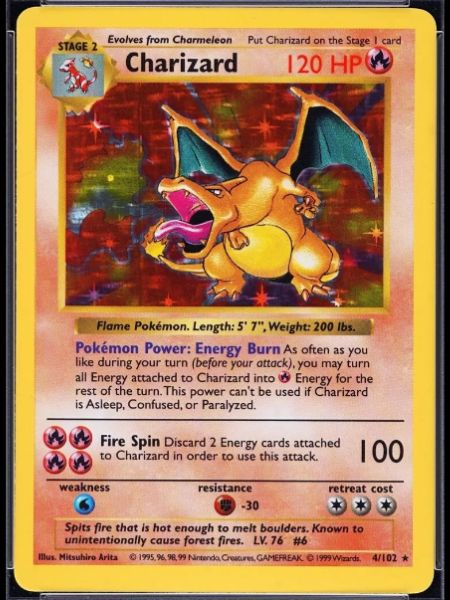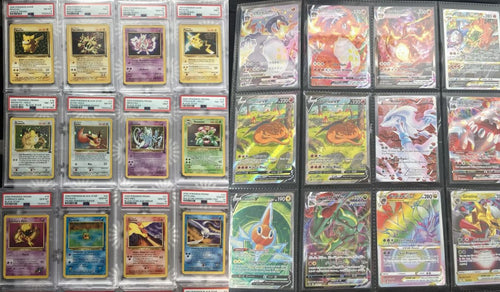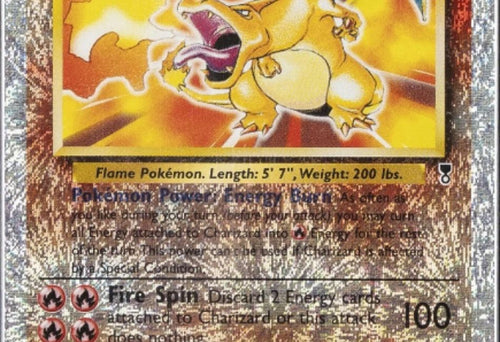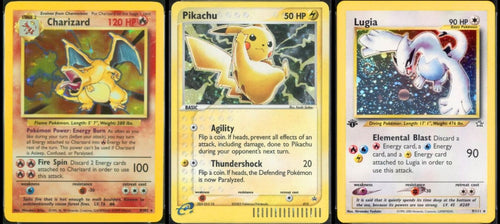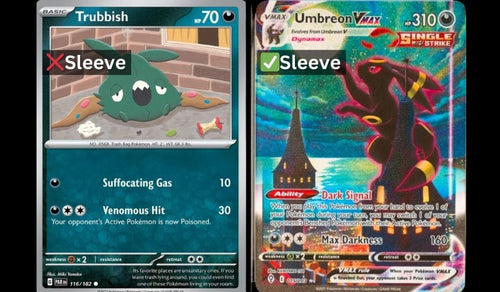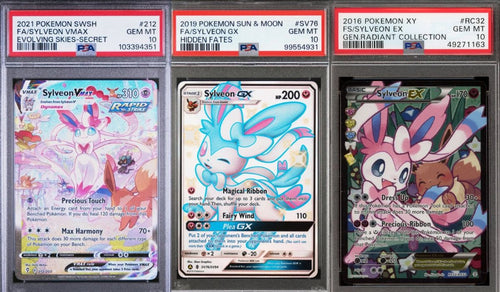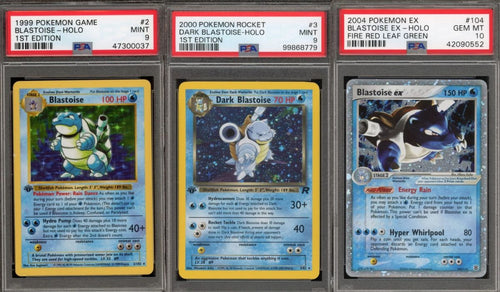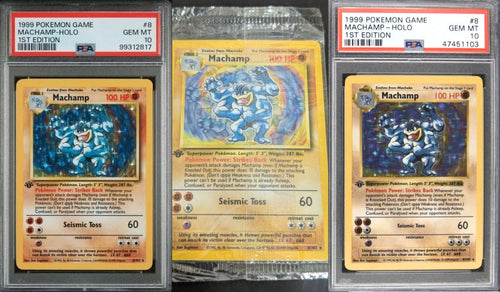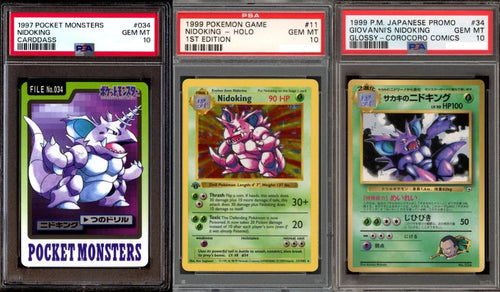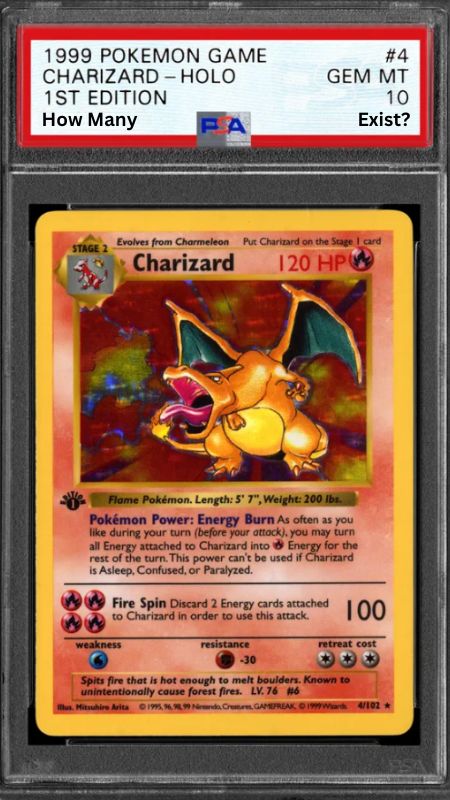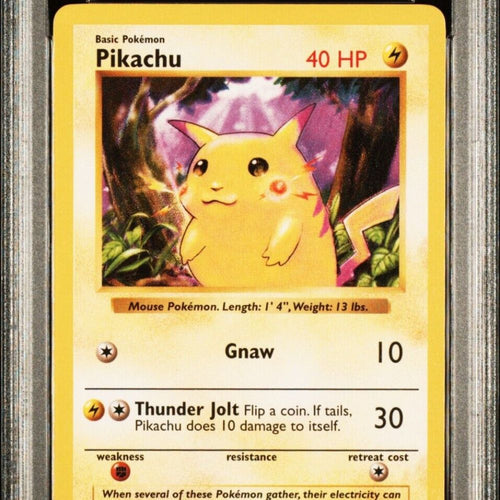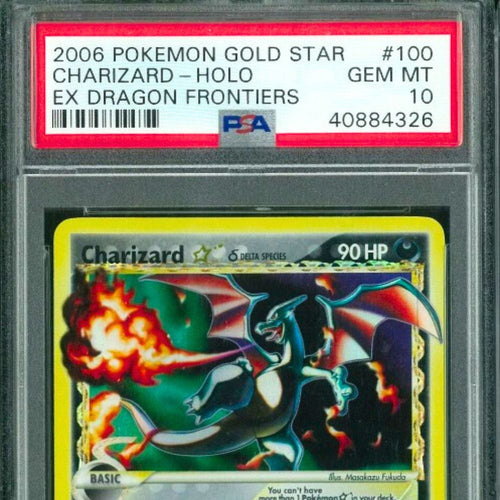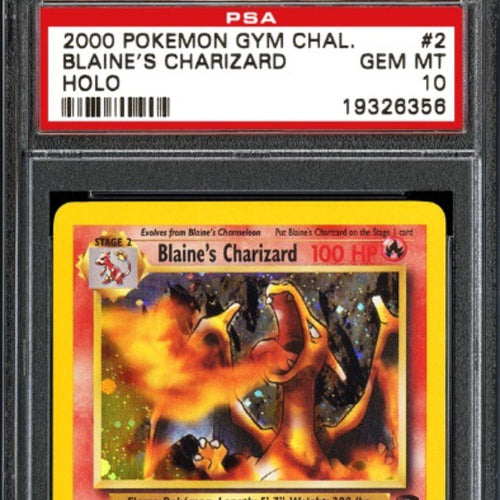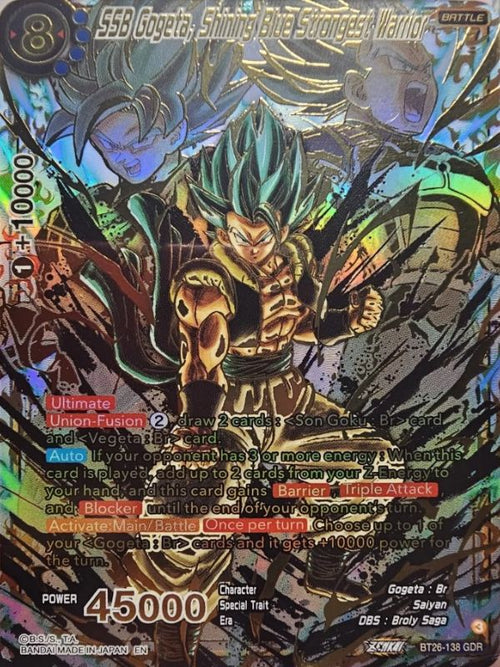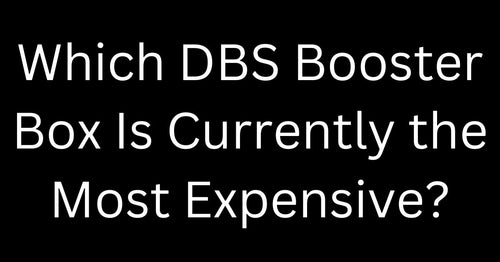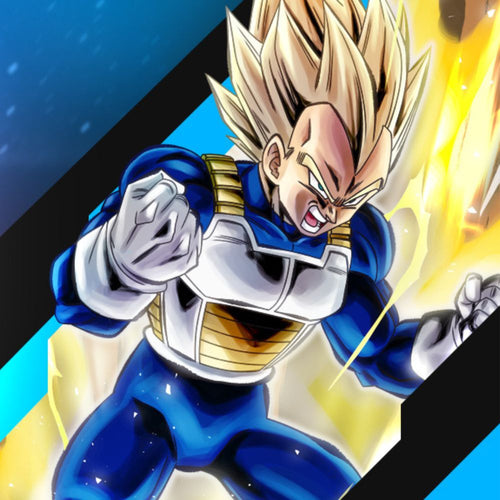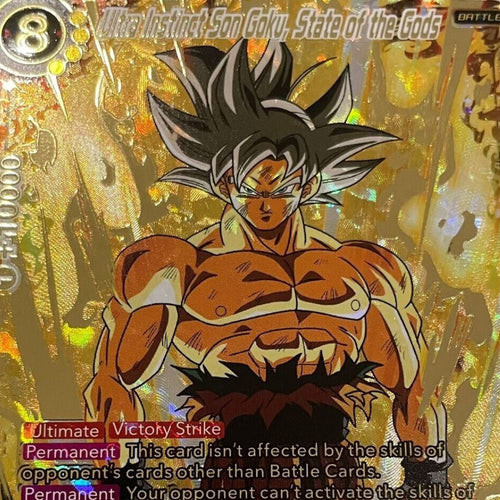
Should You Grade Your Pokemon Cards? What’s Worth It & What’s Not
Share
Should You Grade Your Pokemon Cards? What’s Worth It & What’s Not
Grading Pokemon cards can turn a good card into a great investment—but not every card is worth it. In this guide, we’ll break down whether you should grade your Pokemon cards, what types of cards are worth grading, and when it’s better to save your money.

A PSA 10 Charizard from Skyridge — rare, high-value, and a perfect example of when grading is worth it.
What Does Grading a Pokemon Card Do?
Grading companies evaluate your card’s condition and assign it a score from 1 to 10, with 10 being a perfect “GEM MINT.” The card is then sealed in a tamper-proof plastic case with a label showing its grade. Graded cards are:
- Protected long-term from wear and damage
- Much easier to sell or trade
- Often worth 2–10x more than ungraded versions (especially at PSA 10)

Raw Pikachu movie promo card vs. the same card graded PSA 10. Grading adds protection, resale value, and long-term collectibility.
When Is It Worth Grading a Pokemon Card?
1. The Card Has High Value or Popular Demand
If your card already sells raw (ungraded) for $50+ or it’s a fan-favorite like Charizard, Umbreon, or Pikachu, grading could significantly increase its value.

A raw Umbreon VMAX Alt Art — highly sought-after and a perfect example of a modern card worth grading in mint condition.
2. It’s in Near-Mint or Mint Condition
Centering, corners, surface, and edges all matter. If your card looks perfect with no whitening or scratches, it may qualify for a PSA 9 or 10—where the real value spike happens.

This card shows extreme off-centering, which would likely lower its grade to a PSA 7 or below—even if the rest is flawless.
3. It’s a Vintage Card (WOTC Era)
First Edition, Shadowless, Base Set, and other Wizards of the Coast era cards can be worth grading even in moderate condition, especially if they’re rare or nostalgic.

A raw Base Set Charizard — the most iconic WOTC-era card. Even in played condition, vintage cards like this are well worth grading.
4. You Plan to Hold Long-Term or Display
Grading preserves condition and authenticity, so it’s ideal for long-term collectors or those building display sets or sealed collections.
When It’s NOT Worth Grading a Card
❌ Cards with Visible Damage
Heavy edge wear, scratches, bends, or print lines will usually grade below a 7 and are rarely worth the grading fee—unless they’re vintage and very rare.

This card shows significant whitening and wear — a good example of when grading isn’t worth the cost, unless it’s vintage and very rare.
❌ Modern Bulk Cards
Commons, uncommons, and non-holos from recent sets don’t gain much from grading—unless they’re extremely rare or in perfect condition.

Bulk commons and uncommons like these aren’t worth grading unless they’re rare chase cards in mint condition.
❌ Low-Value Cards
If the raw value is under $20 and not likely to increase, grading may cost more than it’s worth.
Grading Costs & Turnaround Times
Here’s a quick breakdown of the cheapest grading tiers from the top companies (as of 2025):
- PSA: Starting at $16.99 per card (collectors club bulk submission tier)
- CGC: As low as $12 per card — a budget-friendly option gaining popularity
- BGS: Starting at $14.95 per card, known for strict grading and detailed subgrades
Turnaround times vary from a few weeks to several months depending on the company and submission tier you choose.
How to Prepare Your Cards for Grading
- Sleeve the card in a penny sleeve
- Insert it into a semi-rigid Card Saver (PSA preferred)
- Don’t clean or “fix” the card—just protect it as-is
- Double-check for centering, whitening, scratches, and print lines
FAQ: Pokemon Card Grading
Is grading worth it for modern cards?
Only if they’re chase cards (like Alt Arts, Golds, or Secret Rares) and in gem mint condition. The grading cost should be justified by the potential PSA 10 value.
What’s the best grading company?
PSA has the strongest resale value. CGC is more affordable and still respected. BGS is strict but preferred for certain collectors due to subgrades.
What’s a BGS Black Label?
A BGS Black Label 10 is the highest possible grade a card can receive. It means the card scored a perfect 10 in all four subcategories: centering, edges, corners, and surface. These are extremely rare and sell for much more than PSA 10s—making them a top goal for serious collectors.
What grade adds the most value?
A PSA 10 is where value skyrockets. PSA 9s can still sell well, especially for vintage cards. Anything lower is typically only worth it for rare or sentimental pieces.
Closing Thoughts
Grading Pokemon cards is a smart move for collectors and investors—but only when the card, condition, and value all line up. If you're holding vintage gems, high-end pulls, or mint-condition alt arts, grading could seriously boost your collection’s long-term worth.
Not sure which cards need protection first? Check out our beginner guide: What Pokemon Cards Should You Sleeve?
